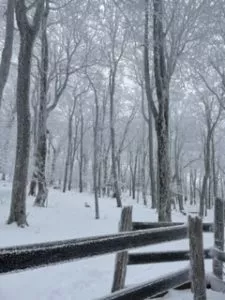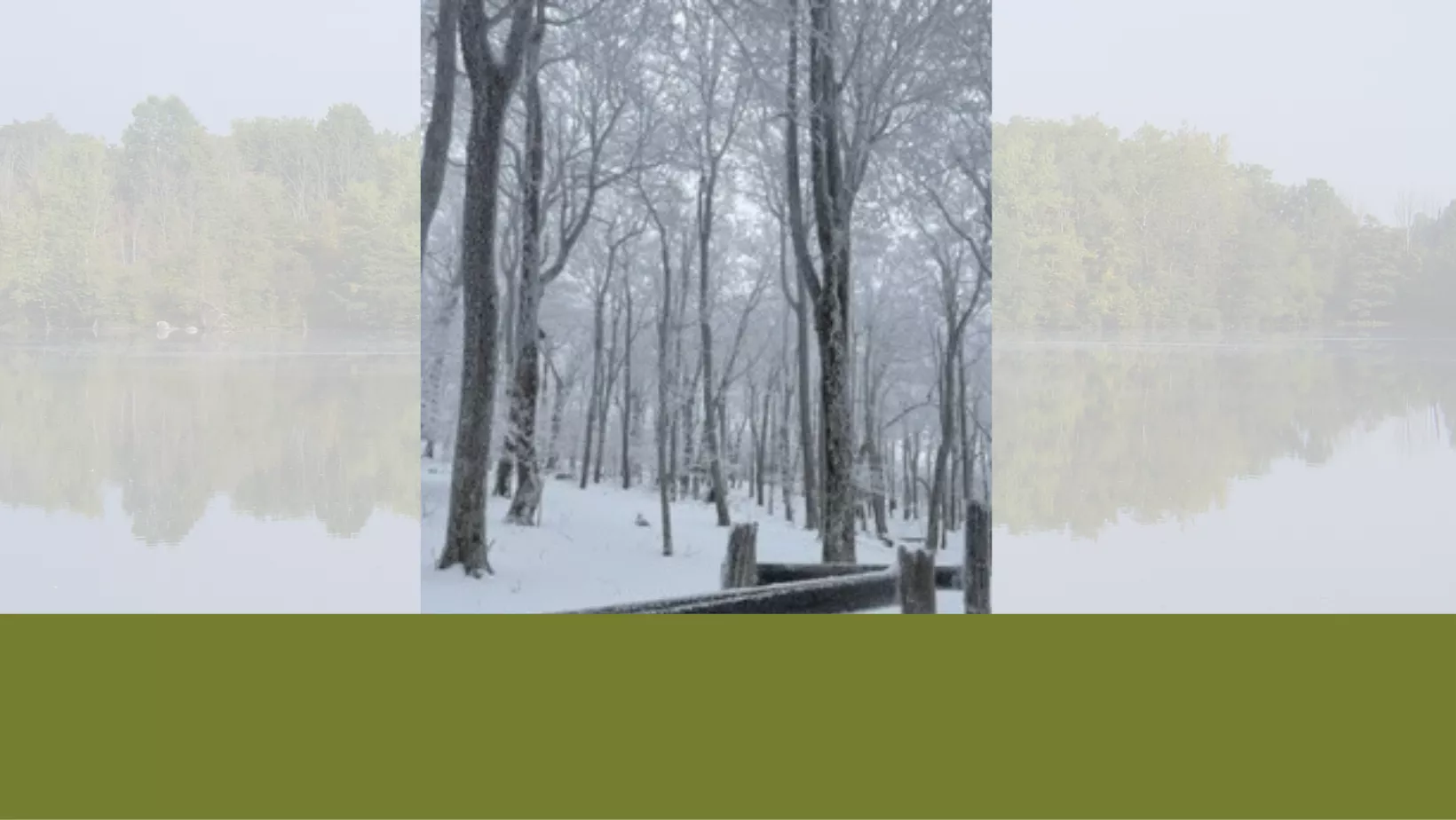Tree Identification: Sugar Maple
The cold weather has got me dreaming about warmer days and the coming of spring! As we start to get those warmer days, the tree sap will start to flow and that commences the start of sugaring season! By now, you’ve probably guessed I’m going to focus on sugar maple, Acer saccharum.

This is one of the most common species sap is collected from and then boiled down to what we call maple syrup. Maple trees can be easily identified by their opposite branching pattern and simple, lobed leaves. Sugar maple is usually 5-lobed with broad sinuses that are rounded at the base. The bark is dark grey becoming furrowed and somewhat scaly with age. The terminal buds are small, reddish-brown, and conical in shape.
The trees will flower between April and May, being primarily wind-pollinated. The samaras or fruit are seen in September and October and will first germinate the following spring. Sugar maples are highly regarded for their wood quality and sweet sap.
Sugar maples are also sought after for what is called birdseye maple. This occurs when maples grow under unfavorable conditions and the tree sends out numerous more buds to collect the sunlight, which are then aborted due to the growing conditions. This creates a pattern in the wood that resembles small bird’s eyes. These are just a few of the unique qualities of a sugar maple tree!
– Meagan Backhaus, CF, Assistant Project Forester







